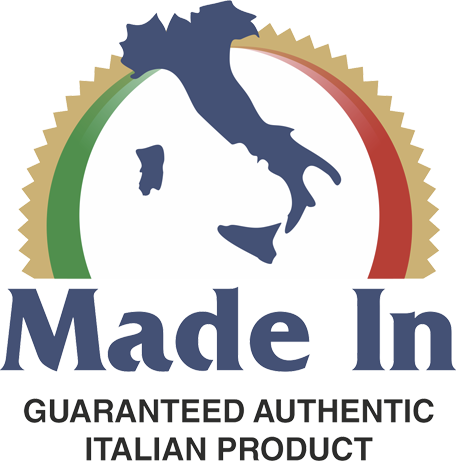
Introduction:
Made in Italy has become a world-renowned icon of quality, style and craftsmanship. Behind this brand lies a fascinating history spanning centuries of Italian manufacturing tradition. In this article, we will explore the history of Made in Italy, from its modest beginning as a local craft production to its transformation into a symbol of global excellence. We will discover how Italy has been able to exploit its cultural and manufacturing heritage to create a brand recognized worldwide.
Origins of Made in Italy:
The roots of Made in Italy date back to the era of the Italian Renaissance in the 14th century. During this period of cultural and artistic fervor, Italy developed a reputation for producing high-quality manufactured goods. Italian cities, such as Florence, Venice and Milan, became centers for the production of textiles, ceramics, jewelry and other fine products. The craftsmanship and creative flair of Italians began to stand out internationally.
The evolution of Italian industry:
With the advent of the Industrial Revolution in the 19th century, Italy witnessed a significant transformation of its production system. New technologies and machinery led to the expansion of factories and the growth of manufacturing. Italy took advantage of its wealth of natural resources and craftsmanship expertise to specialize in sectors such as fashion, design, automotive, and furniture.
The birth of the Made in Italy label:
The concept of “Made in Italy” history as a distinctive brand developed after World War II. At a time when Italy was trying to rebuild its economy and regain its position in the global arena, the Italian manufacturing industry began to promote its products abroad. The “Made in Italy” brand became a symbol of quality, beauty and unique style that quickly gained the attention and appreciation of international consumers.
The rise of Italian excellence:
In the following years, Made in Italy continued to grow and gain fame. Italian creations, such as clothing, footwear, accessories, furniture and automobiles, became synonymous with luxury, sophistication and craftsmanship of the highest standard. Italy has consolidated its reputation as a world leader in areas such as fashion with luxury brands, design with innovation, and furniture with unique Italian taste.
Made in Italy in the 21st century:
In the increasingly competitive global environment, Italy has faced challenges and opportunities in maintaining its position as a benchmark for manufacturing excellence. Adopting advanced technologies, supporting small and medium-sized enterprises, investing in innovation, and protecting intellectual property have become key pillars for Made in Italy in the 21st century. Italy continues to preserve its cultural and craft heritage while trying to adapt to new global market dynamics.
Conclusions:
The story of Made in Italy is a journey through Italian excellence, creativity and passion. From ancient artisan workshops to international fame, Made in Italy represents a timeless symbol of quality. Italy has been able to transform its manufacturing tradition into a successful brand, carrying forward its cultural heritage and stimulating innovation. Made in Italy remains an example of how a country can stand out on the world stage through the quality of its products and the uniqueness of its style.


